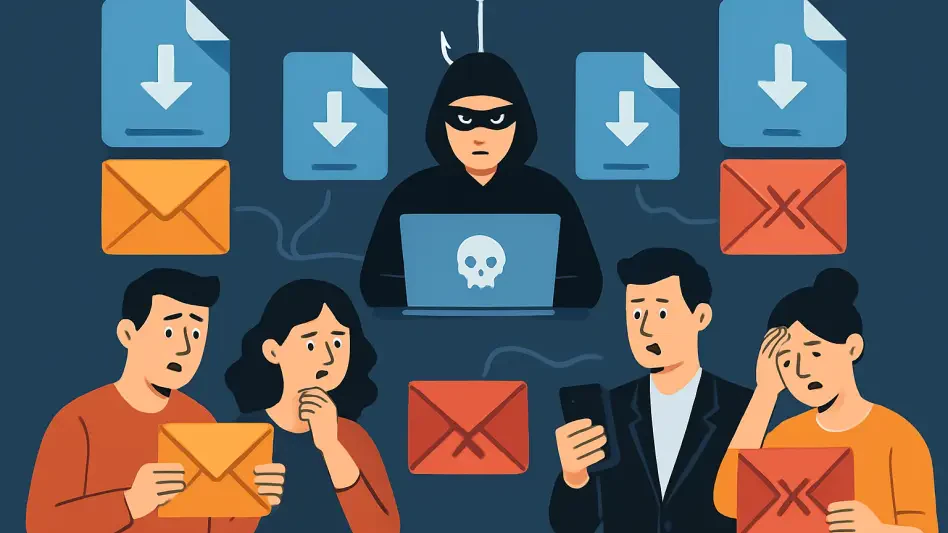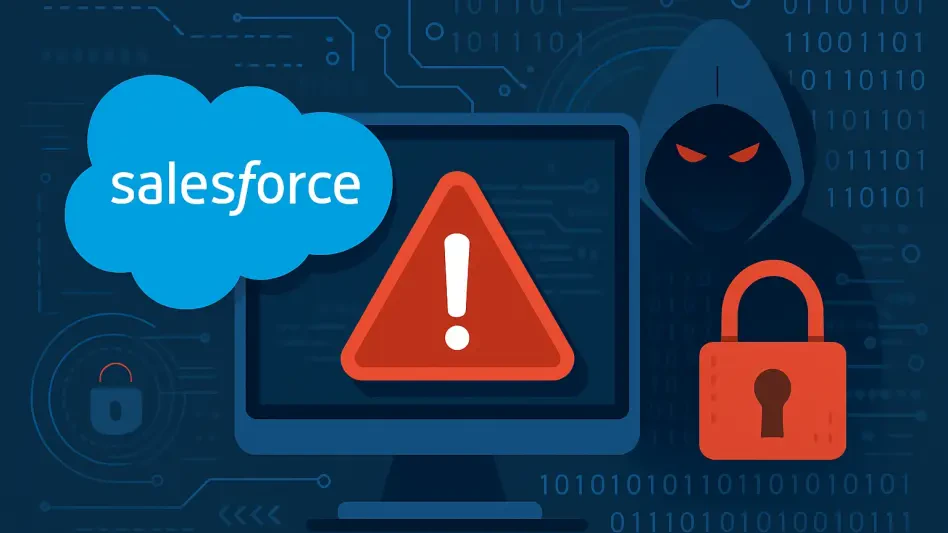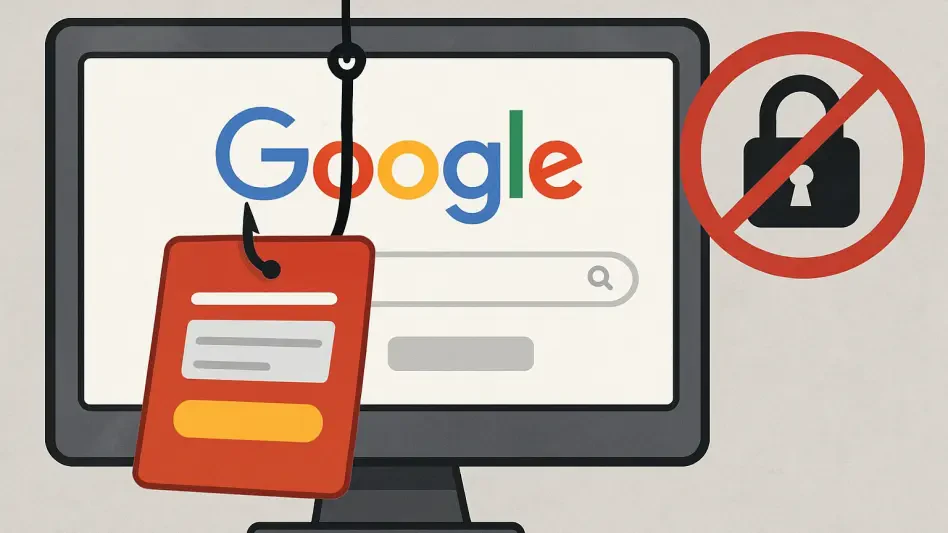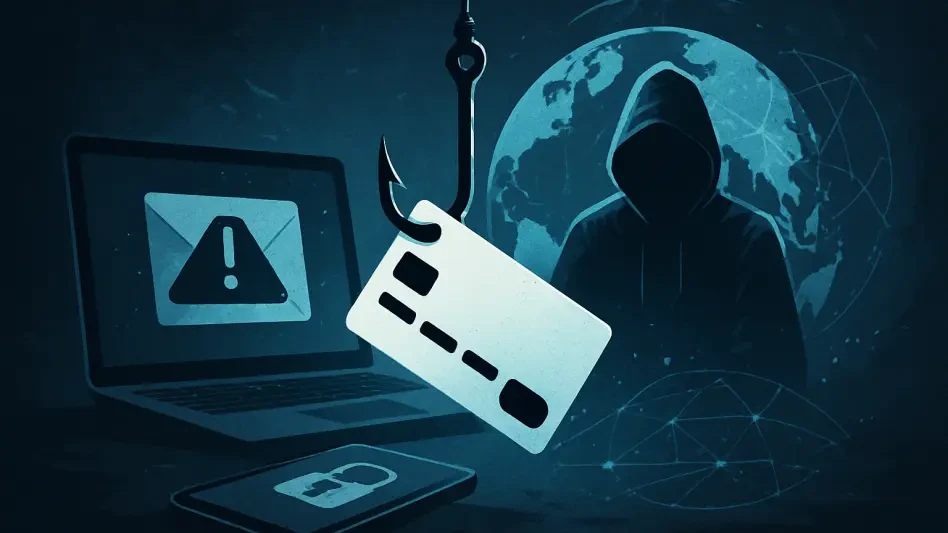Imagine logging into a social media account only to be greeted by a dire warning that the account faces suspension due to a policy violation, urging immediate action to avoid losing access forever. This alarming scenario is at the heart of a sophisticated phishing campaign utilizing a method known as FileFix, which deploys the dangerous StealC malware through counterfeit Facebook Security pages. Such attacks exploit user trust in familiar platforms, making them a significant concern in today’s digital landscape where personal data is a prime target for cybercriminals.
The purpose of this FAQ article is to demystify this ongoing cyber threat by addressing critical questions surrounding the FileFix attack and its implications. It aims to provide clear, actionable insights into how this phishing scheme operates, why it poses a severe risk, and what steps can be taken to stay protected. Readers can expect to gain a comprehensive understanding of the attack’s mechanics, its global reach, and the evolving nature of such cyber threats.
This content is designed to equip individuals and businesses with the knowledge needed to recognize and respond to these deceptive tactics. By exploring key aspects of the campaign, from initial deception to final payload, the article sheds light on broader trends in cybersecurity. It serves as a guide for navigating the increasingly complex world of online threats with informed caution.
Key Questions or Key Topics Section
What Is the FileFix Attack and How Does It Target Users?
The FileFix attack represents a novel phishing technique that lures users through fake Facebook Security pages, claiming their accounts are at risk of suspension due to alleged policy violations. This method capitalizes on the fear of losing access to personal or professional social media accounts, a concern that resonates with a vast global audience. Unlike traditional phishing attempts that might rely on suspicious links or forms, this campaign employs a unique approach to deceive users into executing malicious code.
Specifically, victims are instructed to paste a particular path into a file upload window’s address bar, a step that appears harmless but triggers the download and execution of harmful scripts. This subtle manipulation bypasses typical user suspicion, as it does not involve entering passwords or filling out forms directly. The result is a multi-stage infection process that ultimately installs the StealC infostealer malware, designed to harvest sensitive data from compromised systems.
The significance of this tactic lies in its ability to exploit trust in a widely used platform like Facebook, combined with a non-standard method of code execution. Cybersecurity researchers have noted that the campaign’s design includes multilingual support, ensuring it can target users across diverse regions like the United States, Germany, Bangladesh, and the Philippines. This broad scope underscores the urgent need for awareness about unconventional phishing methods.
How Does the FileFix Attack Deploy StealC Malware?
Understanding the deployment mechanism of StealC malware through the FileFix attack reveals a complex, multi-layered strategy. After users are tricked into following instructions on a fake Meta support page, the attack leverages images hosted on platforms like Bitbucket, which contain hidden scripts. These scripts are embedded using steganography, a technique that conceals malicious code within seemingly harmless files, making detection by standard security tools more challenging.
Once activated, the hidden code downloads additional executables that facilitate the installation of StealC malware. This infostealer is particularly dangerous due to its ability to extract a wide range of sensitive information, including login credentials, browser data, cryptocurrency wallets, and account tokens from chat or cloud applications. Furthermore, StealC can act as a gateway for additional malware, amplifying the attacker’s control over the infected system.
The sophistication of this deployment process is evident in the use of obfuscation and junk code, which are deliberately included to hinder analysis by cybersecurity professionals. Such tactics demonstrate an advanced level of planning, aimed at evading traditional antivirus solutions. This highlights the importance of staying vigilant against instructions to run unfamiliar scripts or paths, even if they appear to come from trusted sources.
Why Is the FileFix Technique Considered More Sophisticated Than Previous Methods?
Compared to earlier phishing methods or related techniques like ClickFix, the FileFix attack stands out for its enhanced complexity and deceptive design. One key advancement is in the phishing page itself, which closely mimics official Facebook Security pages with high fidelity, making it difficult for users to discern the fraud. This attention to detail in visual presentation significantly increases the likelihood of user compliance with malicious instructions.
Additionally, the campaign incorporates technical innovations such as multilingual interfaces to appeal to a global audience, alongside sophisticated obfuscation methods to thwart detection. The use of steganography to hide malicious code within images represents a leap forward from more straightforward phishing attempts, as it requires specialized tools and expertise to uncover the embedded threats. These elements collectively make the attack harder to trace and mitigate.
Expert analysis points to this evolution as indicative of a broader trend in cybercrime, where attackers continuously adapt to countermeasures deployed by security systems. The global submission data for these phishing sites, spanning multiple continents, further illustrates a deliberate strategy to maximize reach and impact. Such persistence and adaptability call for equally dynamic defense mechanisms to counter these growing threats.
What Are the Potential Impacts of StealC Malware on Victims?
The deployment of StealC malware through the FileFix attack poses severe risks to both individuals and organizations by targeting a wide array of personal and financial data. Once installed, this infostealer can capture sensitive information such as login credentials and browser history, which can be exploited for identity theft or unauthorized access to accounts. The theft of cryptocurrency wallets is another critical concern, given the irreversible nature of such transactions.
Beyond immediate data loss, StealC’s capability to introduce additional malware creates a cascading effect, potentially leading to ransomware infections or backdoor access for attackers. This can result in prolonged system compromise, data encryption for ransom, or even the sale of stolen information on the dark web. Businesses, in particular, face the added risk of reputational damage and financial losses if customer data is breached.
The psychological impact on victims should not be underestimated, as the realization of being deceived can erode trust in digital platforms. Cybersecurity reports emphasize that the broad scope of data targeted by StealC makes it a versatile tool for attackers, capable of inflicting long-term harm. This reality necessitates proactive measures to secure personal and corporate systems against such invasive threats.
What Defense Strategies Can Protect Against the FileFix Attack?
Addressing the threat posed by the FileFix attack requires a shift toward comprehensive defense strategies that go beyond traditional prevention. A Zero Trust approach, as advocated by cybersecurity experts, assumes that breaches are inevitable and focuses on minimizing damage through strict access controls and continuous monitoring. This mindset ensures that even if an attacker gains entry, their ability to move laterally within a network is severely limited.
Practical steps include educating users to recognize phishing attempts, particularly those involving urgent warnings or instructions to execute unfamiliar commands. Verifying the authenticity of any communication purportedly from social media platforms by directly accessing official websites rather than clicking on provided links is crucial. Additionally, deploying advanced endpoint protection that can detect and block hidden scripts or steganographic content offers another layer of security.
Regular software updates and robust backup systems also play a vital role in mitigating the impact of potential infections. Experts stress that combining user awareness with technological safeguards creates a formidable barrier against evolving threats like FileFix. Staying informed about the latest phishing techniques and maintaining skepticism toward unsolicited messages remain essential practices in today’s threat landscape.
Summary or Recap
This FAQ article breaks down the critical elements of the FileFix attack, a phishing campaign that uses fake Facebook Security pages to deploy the StealC infostealer malware. It addresses the unique mechanics of the attack, from deceptive user instructions to the use of steganography for hiding malicious code, alongside its global reach and sophisticated design. Each question highlights a distinct facet, such as the potential impacts on victims and the advanced nature of this threat compared to previous methods.
Key takeaways include the importance of recognizing unconventional phishing tactics and the severe consequences of data theft enabled by StealC malware. The discussion emphasizes a shift in cybersecurity toward proactive, Zero Trust strategies that prioritize damage limitation over mere prevention. These insights underscore the need for heightened vigilance when interacting with unsolicited online communications or warnings.
For those seeking deeper knowledge, exploring resources on phishing prevention and advanced malware detection techniques is highly recommended. Staying updated on emerging cyber threats through reputable cybersecurity blogs or reports can further enhance preparedness. This summary serves as a reminder of the adaptive nature of digital attacks and the continuous effort required to safeguard sensitive information.
Conclusion or Final Thoughts
Looking back, the exploration of the FileFix attack revealed a chilling reality about the ingenuity of cybercriminals who leverage fake social media pages to spread StealC malware. It became evident that such threats demand more than just reactive measures; they require a fundamental rethinking of how digital security is approached. The detailed examination of this campaign underscored the persistent evolution of phishing tactics that prey on user trust.
Moving forward, the focus should be on actionable steps like adopting stringent security protocols and fostering a culture of skepticism toward unexpected online instructions. Investing in training programs that educate both individuals and employees about recognizing phishing attempts could prove invaluable. Additionally, integrating cutting-edge security solutions capable of detecting hidden threats offers a practical path to resilience.
Reflecting on this topic, consider how personal or organizational digital habits might be adjusted to minimize exposure to such sophisticated attacks. Evaluating current security practices and identifying areas for improvement could be the next critical step in staying ahead of cybercriminals. This ongoing vigilance remains a cornerstone of navigating an ever-changing cyber threat environment.








